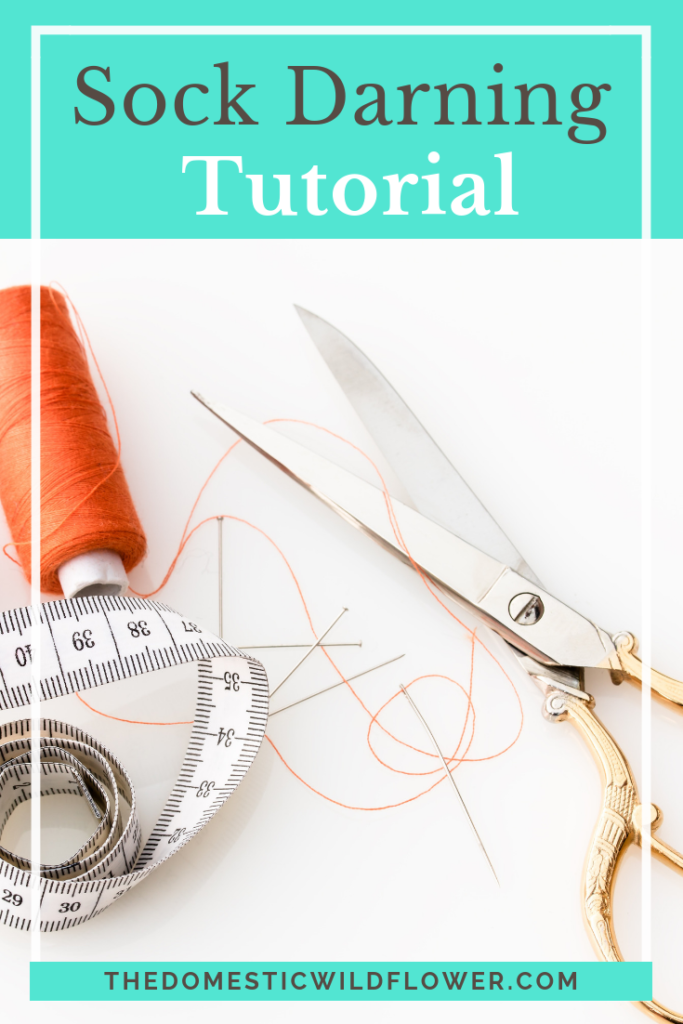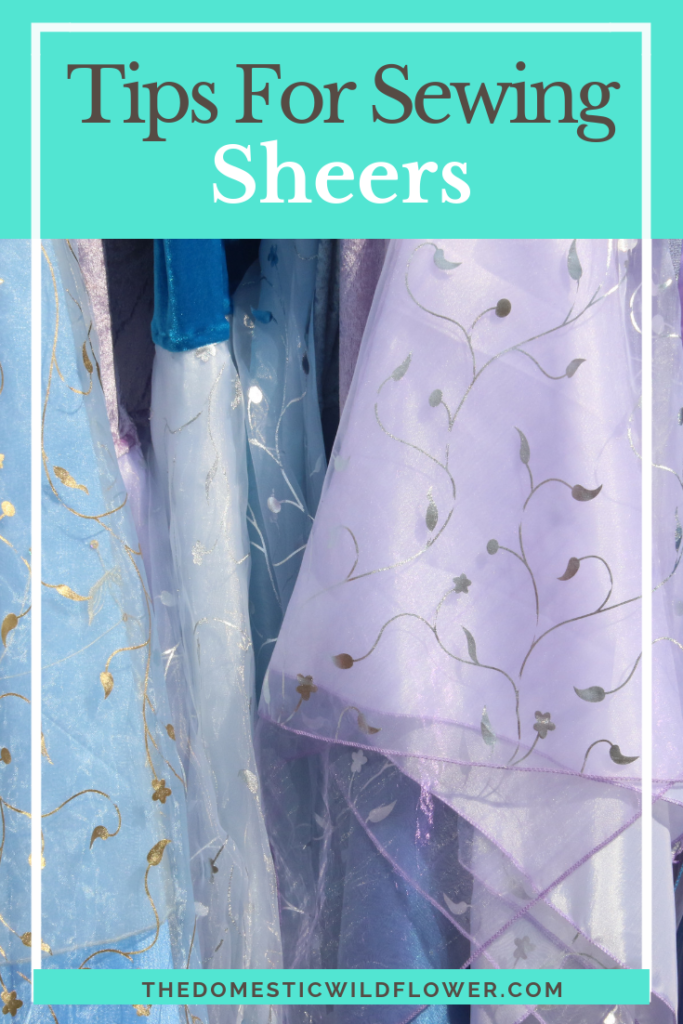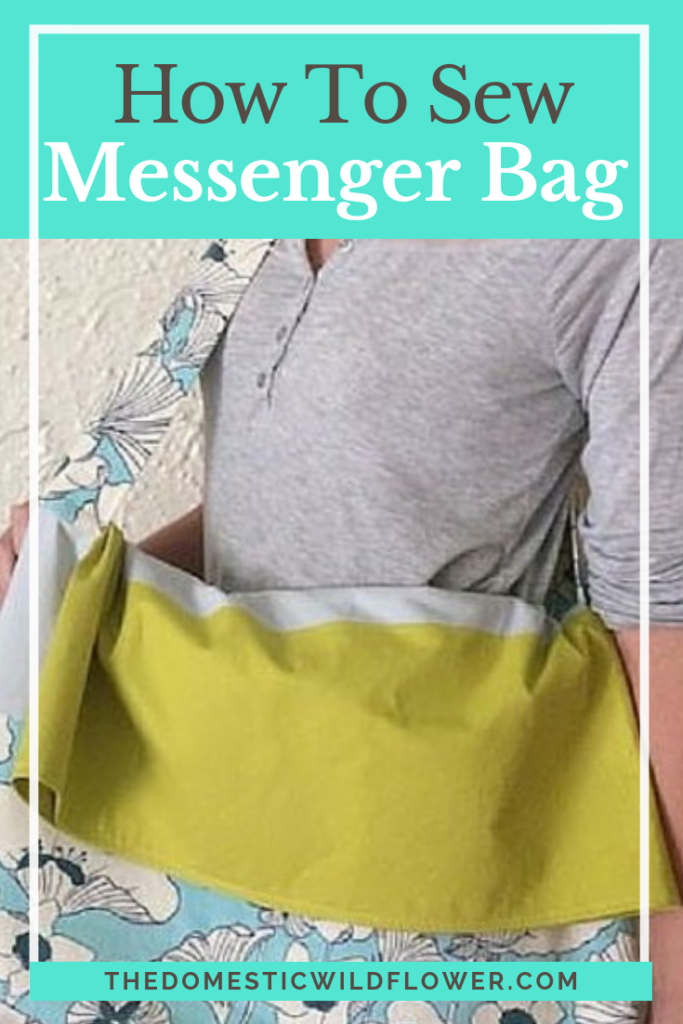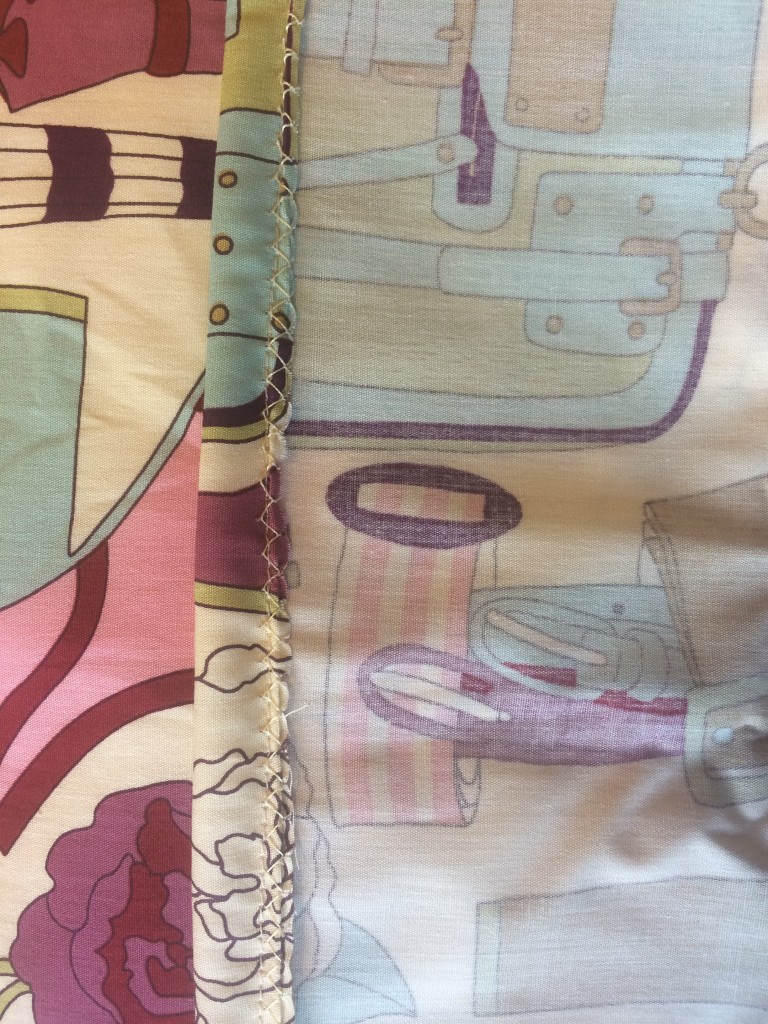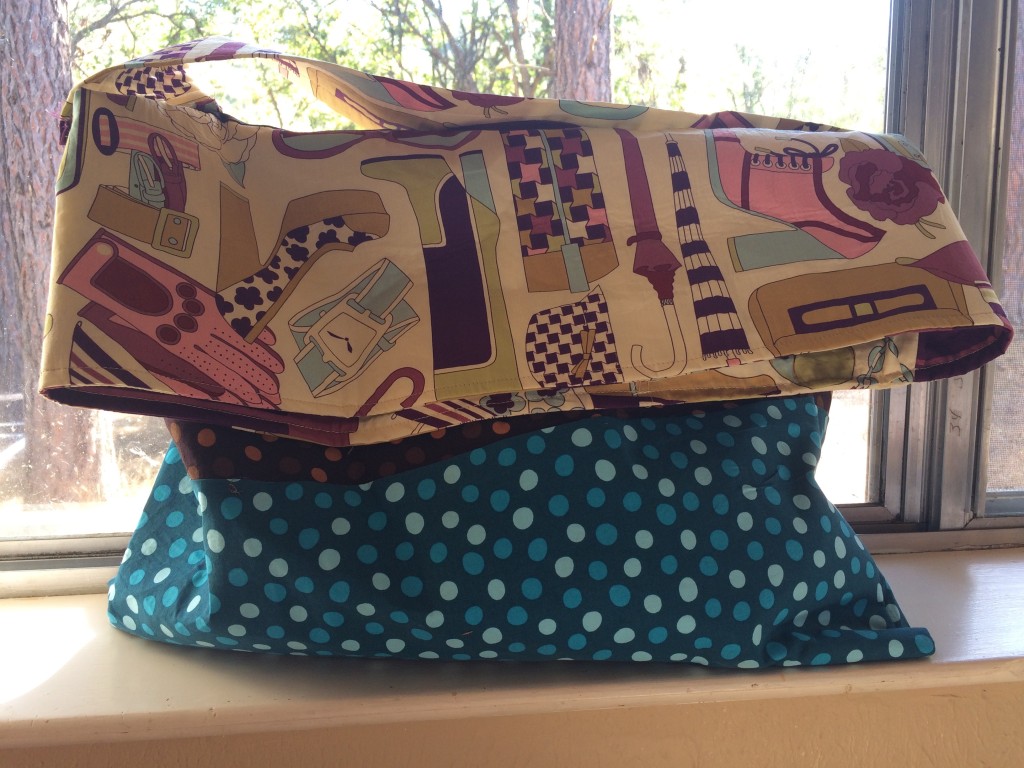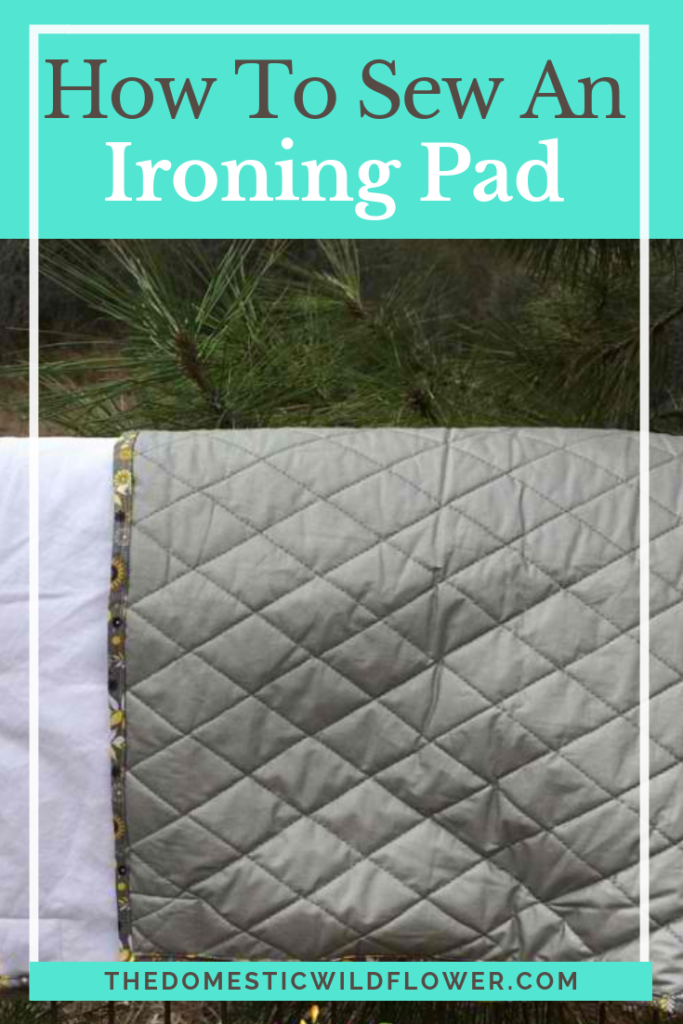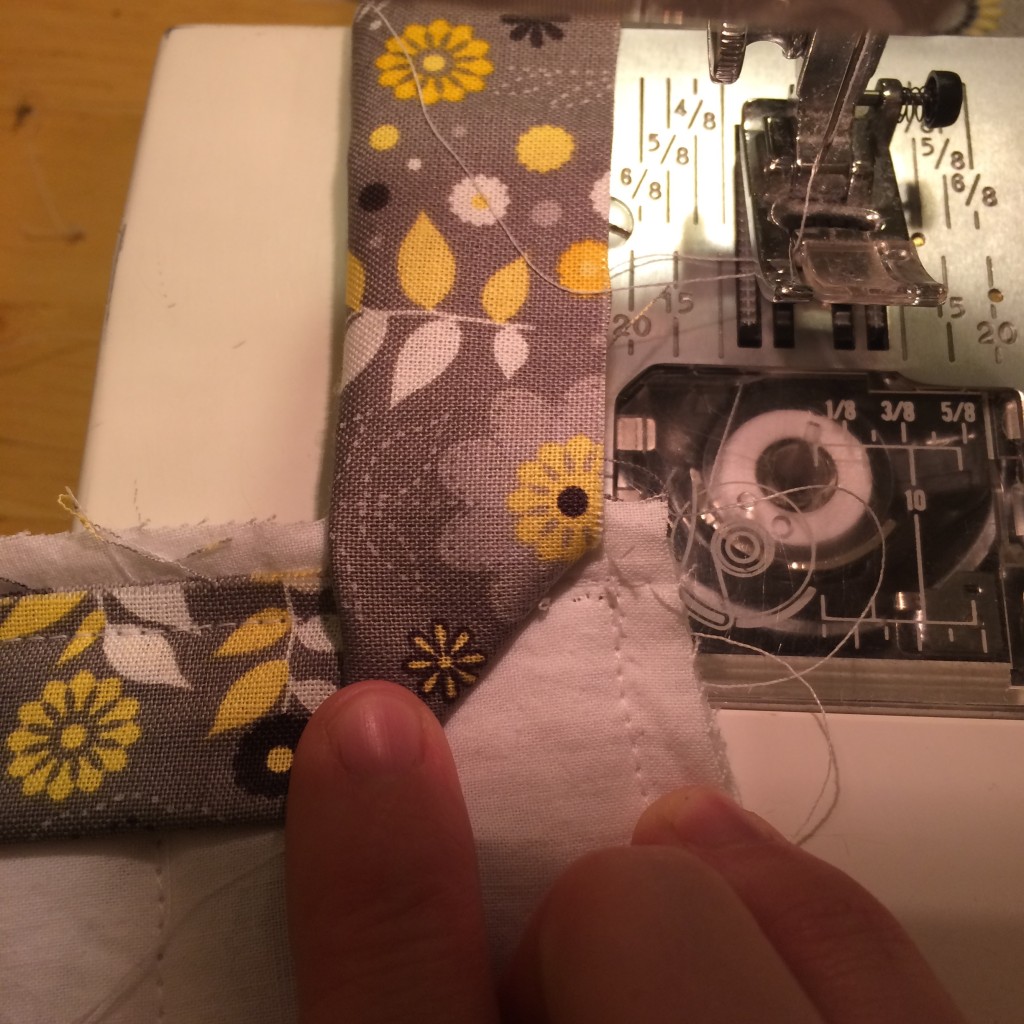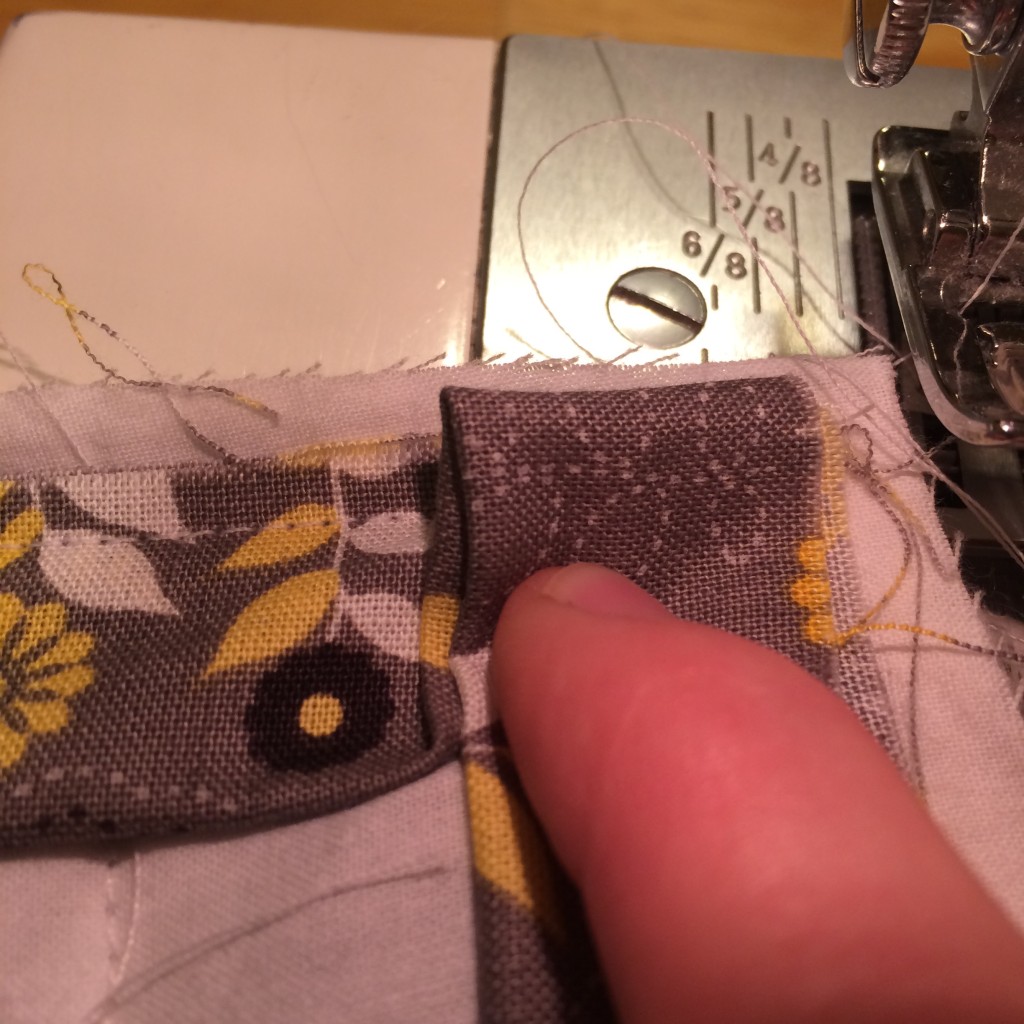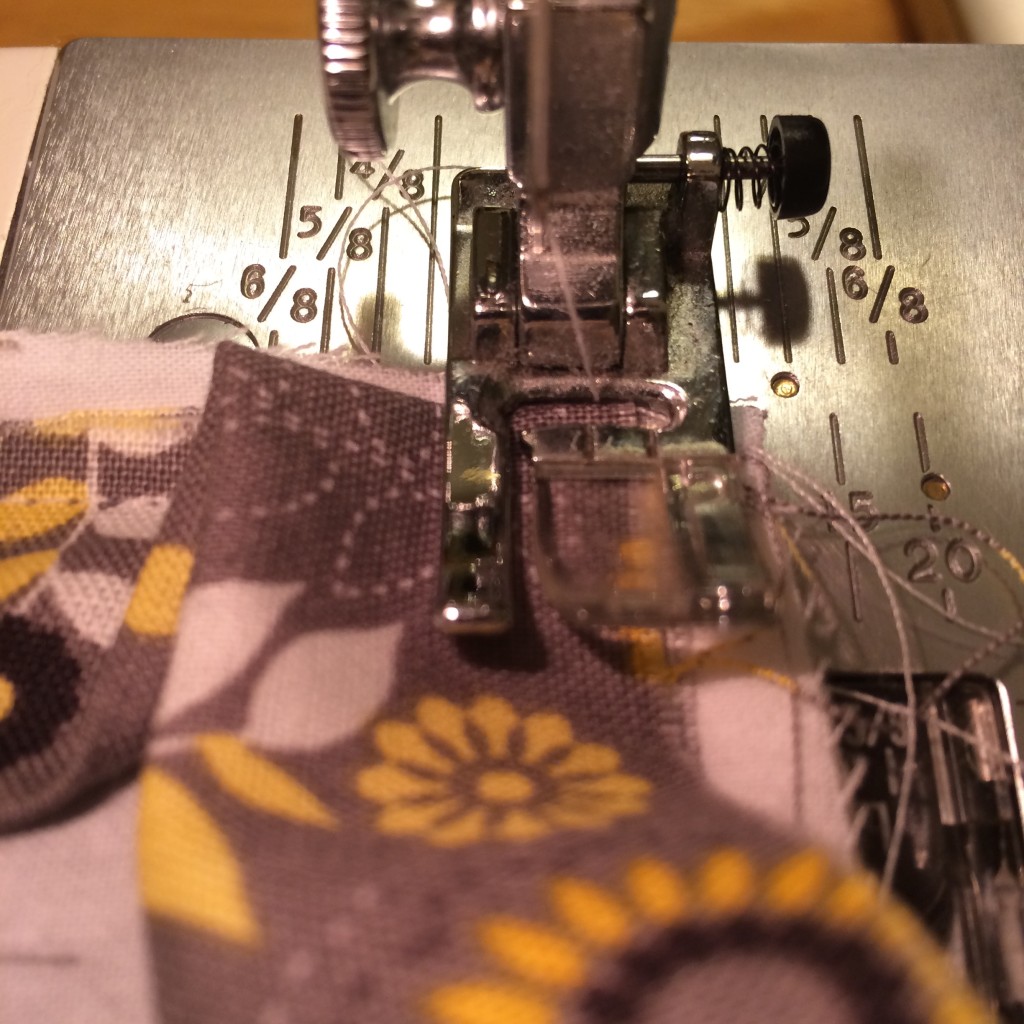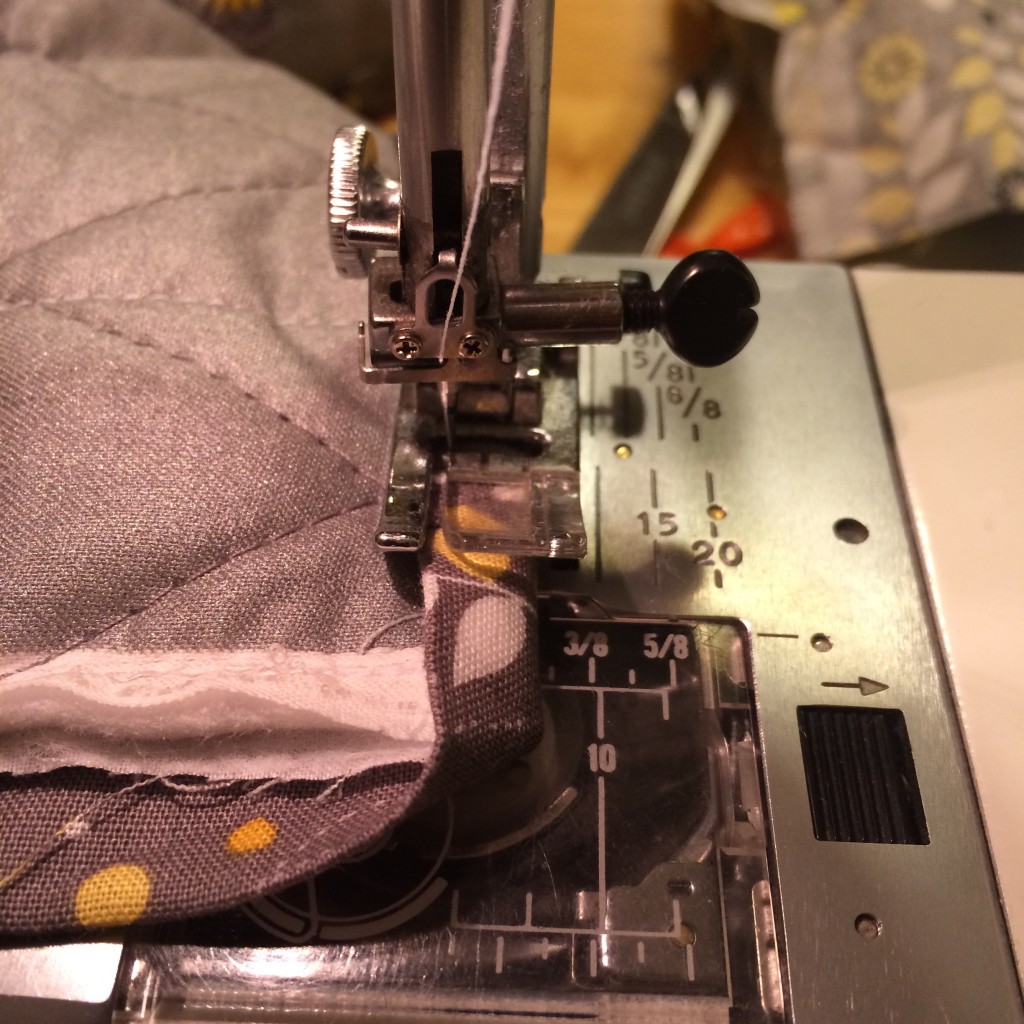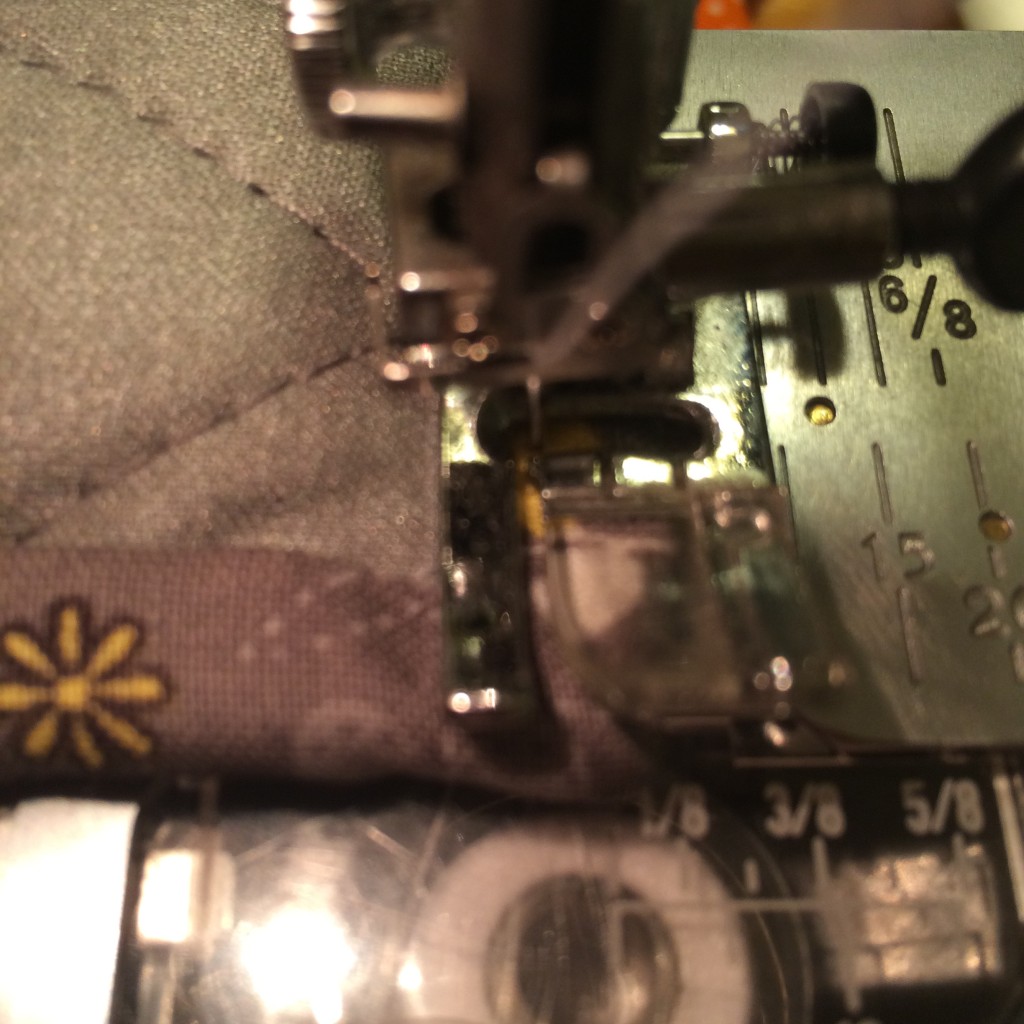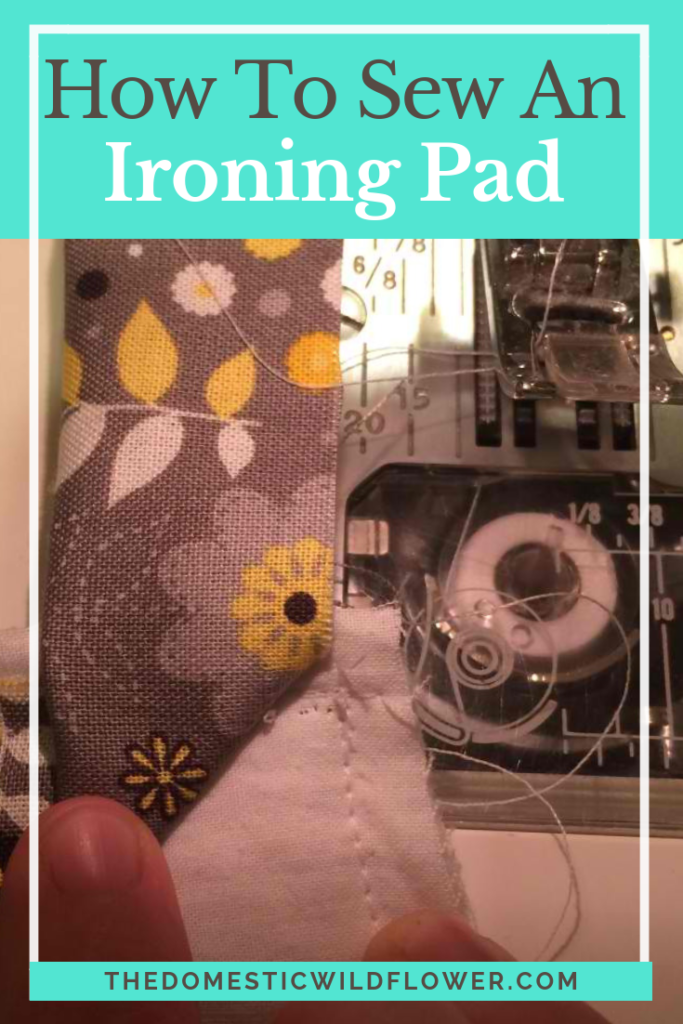This post will explain several helpful tips for how to sew spandex- one of the trickiest fabrics- but will have you sewing your own yoga pants, mending leotards, and creating your own running gear in no time.
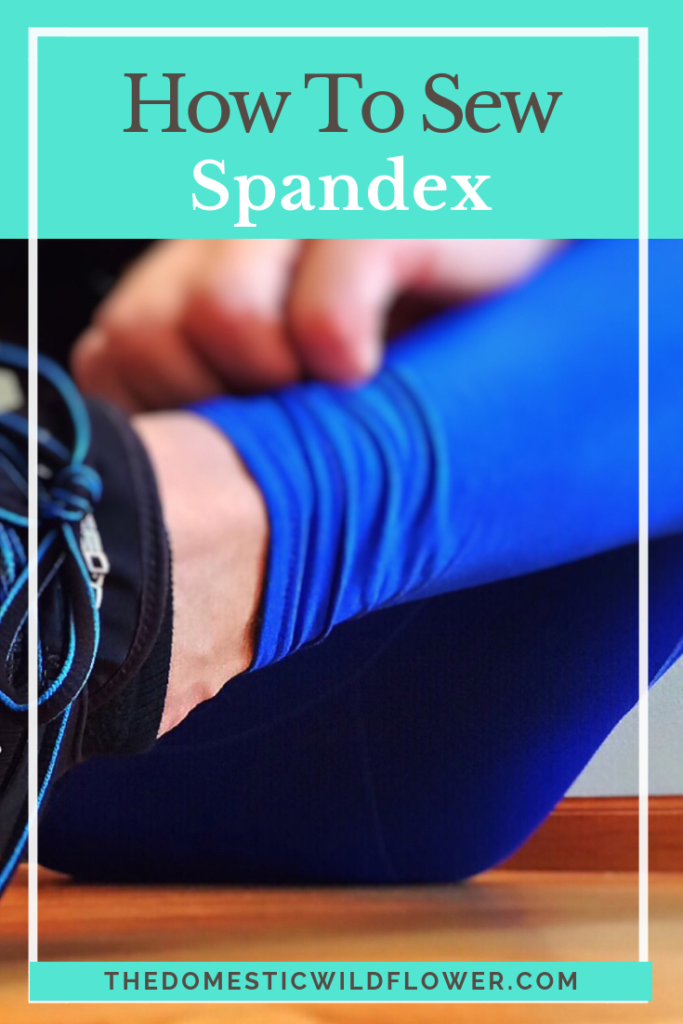
Want to learn to sew? This is the course that I recommend and love!
Sewing super stretchy spandex and similar knits can be intimidating but the results can be totally rad workout clothes like the neon purple leggings I made recently. These are the tips I can share to ensure a successful spandex sewing session (like what I did there? I’m an English teacher at heart!).
Sewing machine needles may seem like they are all the same but they are not. They differ in very important ways and by using the correct needle for your fabric type you can avoid a less-than-awesome project which is a buzzkill for any sewist.
Here’s a link to a great article on the Craftsy.com blog http://www.craftsy.com/blog/2015/03/schmetz-sewing-machine-needles/
This explains clearly all the different types of needles better than I ever could.
If a long-ish pdf isn’t something you need in your literal or metaphorical sewing basket, here’s the really short version.
You need stretch needles for stretch knits (drapey tee shirt knit, spandex, anything quite stretchy),
universal or standard needles for sewing wovens (quilting cotton, non-stretchy fabrics commonly used in clothing and textiles, etc)
and if you have a fancy project where you are sewing something like vinyl, sequins, something very sheer or delicate like the top layer of a formal gown, refer to a guide like the one above.
The difference between a “sharp” needle which is used for wovens and a “ball” needle used for knits is a simple but crucial one. A sharp slice through the fabric and a ball somehow wiggle through the loops in the knit the way you might stick your finger through an afghan. It is magic and by using the correct needle for knits, you prevent a whole host of fabric-ruining troubles. Get the right needle for the project.
My spandex legging project came about when my mom unearthed yards of neon purple swimsuit spandex from when I was a child. As in over twenty years ago. Did I mention, dear readers, that we are borderline fabric hoarders in my family? My passion for sewing plus my new passion for yoga resulted in a plan for leggings.
There’s enough purple spandex to make a full Jane Fonda-esque leotard, which would be AWESOME but I am really busy and leggings seemed much more achievable in the time I have to sew.
I used a Simplicity legging and dress pattern but you could get a legging pattern from nearly any pattern company. I chose a pattern that included not only the pattern for leggings but for a tank top dress also. I could have purchased a leggings-only pattern but for the same price, it seemed sensible to choose the pattern with the most choices in the envelope.
Because leggings are a very close fitting and unforgiving garment (especially in neon purple), take the time to measure yourself carefully, Wildflowers. I took my pants off and measured several times around the smallest part of my waist (called the waist, which is confusing since most denim waistbands now sit much lower than that) and the fullest part of my rear (called the hip).
I was in between sizes so I chose the larger of the two because, as with your hair, you can always cut more (take in) but once you cut, that’s it. I ended up taking the leggings in, a quarter inch at a time, in the thigh and crotch seams, for the perfect fit.
Another important tip I can share is that on the leg hem I stitched a second seam around each leg opening about an eighth of an inch from the first and trimmed the excess. This created a professional finish and was a nice alternative to using a serger, which I do not own.
Because I used old but well-cared for fabric and I purchased the correct stretch needle, I have a new pair of leggings that I love for a very low cost.
Sewing spandex was much easier than I expected because it isn’t super slippery (which can be challenging), it didn’t slide off my lap and table the way chiffon might (also difficult), and it was actually an easy sewing experience. I’d recommend it to any sewist who is comfortable sewing and cutting wovens to the point they can whip out a pillowcase or pair of pajama bottoms with ease and without tears.
Notice in the photo above the horizontal fold in the rise of the pattern piece. I did this because I have a short waist, I’m a short girl, and I didn’t want my leggings to have a high rise. There’s a line where it is appropriate to make such an adjustment on most pant pattern pieces.
Before you cut, be sure your pattern pieces are pinned to the spandex so the MOST stretch is going from hip to hip, or AROUND the biggest part of your body. You do not want the most stretch to be from hip to ankle. Some spandex stretches almost the same in both directions and if this is the case with your fabric at hand, rest easy. As long as there is a lot of stretch happening from hip to hip, your garment will likely fit and be flattering.
Cutting out the two legs of the leggings was a small chore and very few seams required (2 leg seams, the crotch, the waistband, and 2 leg hems) were also simply because I had the right needle.
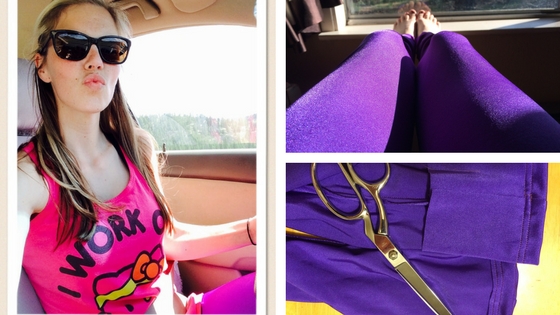
If you have read this set of tips, you’ll now know that you need to get a ball needle that is specially made for sewing stretch, use a pattern that is specifically for stretchy spandex, and remember you can always sew your item a bit smaller, and it is wiser to start larger and alter it to be smaller.
I dove into ANOTHER stretch sewing project very recently. Check out my latest post, 10 Things You Think When Sewing Lingerie For The First Time right here!
You may now also see that I can break something pretty complicated into simple, clear, easy-to-follow steps. For example, I made this super cute basket in ONE (just 1!) nap time:
If you want to learn how to sew, check out the courses HERE!
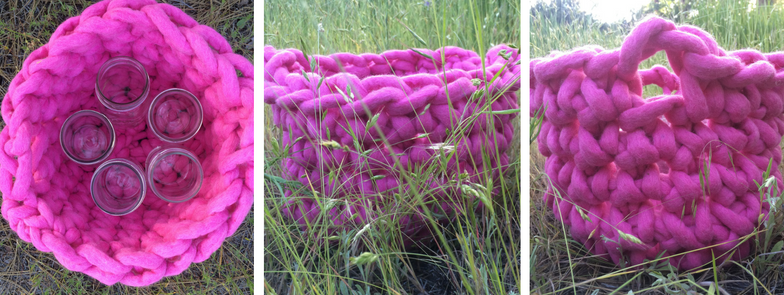 I wrote all the instructions out in a fun PDF that I’d love to share with you completely for free, you crafty readers!
I wrote all the instructions out in a fun PDF that I’d love to share with you completely for free, you crafty readers!
I want the basket step-by step guide!
What projects have you tackled with stretch fabrics, dear Wildflowers? Share your successes (or flops!) in the comment section below!
